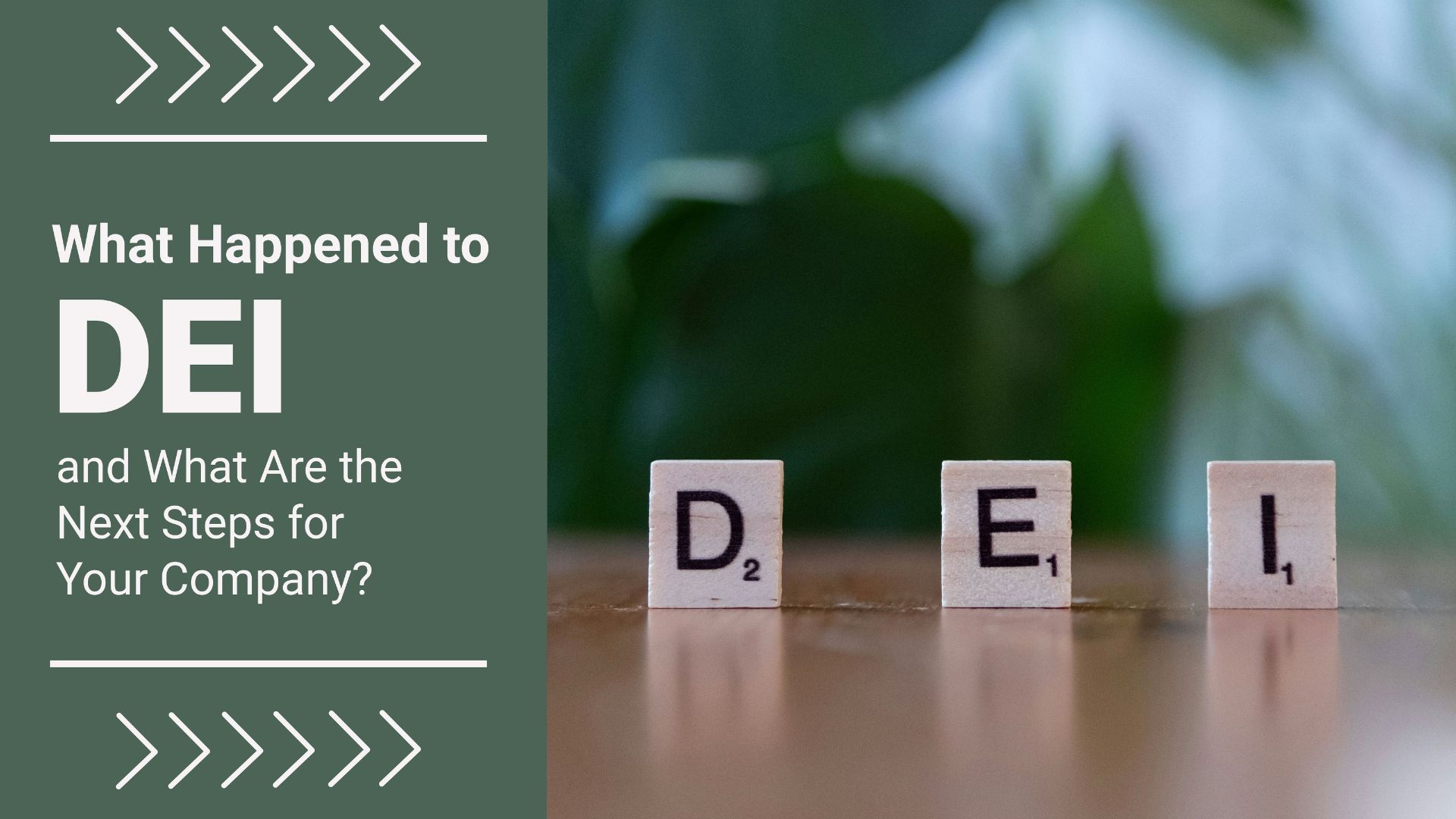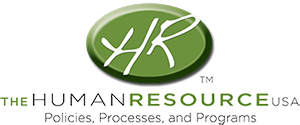What Happened to DEI and What Are the Next Steps for Your Company?
What Happened to DEI and What Are the Next Steps for Your Company?

Just a few years ago, having a diversity policy was seen as a foundational pillar of responsible business. Entire departments were built around DEI programs. But lately? The landscape has shifted—and quickly.
Suddenly, DEI initiatives are under intense scrutiny. Headlines spotlight companies pulling back, while legal departments scramble to revise policies. At the same time, business leaders are left wondering: What happened? And more importantly: Where do we go from here?
This blog breaks down what’s actually happening, why it matters, and how your organization can adapt without sacrificing fairness, compliance, or integrity. We’re here to help you cut through the confusion with clarity—and if you’d like to hear the conversation that sparked this blog, tune into our latest podcast episode featuring Scott Warrick in conversation on this timely topic.
Let’s take a closer look at where DEI stands today—and what thoughtful organizations are doing to move forward.
.png)
Understanding the Shift Away from Traditional DEI
For years, the DEI model—diversity, equity, and inclusion—was considered the gold standard for cultivating better workplaces. Companies implemented initiatives designed to remove barriers, broaden opportunity, and build more inclusive cultures. At its best, DEI created space for different voices and perspectives.
But now? The approach is being reevaluated.
Through legislative shifts and rising legal challenges, DEI policy changes are taking center stage. Some companies are reacting by abandoning programs altogether. Others are modifying their language, renaming their initiatives, or staying the course while hoping for the best.
The conversation is anything but straightforward. Legal shifts, political debates, and evolving workplace expectations have all added layers of complexity. As companies try to keep up, it’s easy to feel unsure about what’s still allowed—and what’s actually working. Keep reading for a breakdown of what’s changed, what it means, and how your company can move forward with clarity.
Historical Emphasis on DEI and Its Initial Intentions
When DEI programs first gained traction, the goals were clear: expand opportunity, level the playing field, and attract a broader talent pool. Companies invested in training, recruitment, and mentorship programs in an effort to create fairer and more supportive environments.
But somewhere along the way, some initiatives veered into territory that created legal risk. Hiring practices began to emphasize identity over qualifications. Program mandates started to mirror quotas. And language that initially encouraged inclusion began to carry exclusionary implications.
That shift sparked concern—not just within legal circles, but among employees, stakeholders, and regulators. So here we are: facing the need to reevaluate how inclusion happens without sacrificing compliance or fairness.
.jpg)
Legal and Market Forces Reshaping DEI Practices
It’s not just internal pressure reshaping the future of DEI. Recent government action has sent a clear message: programs that even appear to favor one group over another may be flagged as discriminatory.
Under recent executive orders and enforcement priorities, both public and private employers are being called to revise DEI policies—regardless of contract status. The big question many are asking now is: are DEI programs even legal in their current form?
In short, that depends on how they’re implemented. But one thing is clear—missteps are costly. The wrong move could result in litigation, shareholder backlash, or even the loss of government contracts. If you’d like to learn more about these legal pressures, we recommend reviewing our blogs on bias in the workplace and international labor laws.
It’s not just law driving these changes—it’s the market, too. Businesses are struggling to fill roles, especially in sectors like manufacturing. Deloitte reports that 77% of manufacturers anticipate continued hiring challenges, and finding the right talent is 36% harder now than in 2018. Companies can’t afford to let idealistic or outdated hiring models hold them back.
The Pitfalls of Superficial Rebranding
A growing number of businesses are ditching the “DEI” label and replacing it with trendier terms like “belonging,” “collaboration,” or “justice.” But if the underlying practices stay the same, the risks do, too.
Rebranding without rethinking doesn’t solve compliance issues—and it certainly doesn’t rebuild trust. What’s needed now is not just a name change, but a full re-examination of the goals, methods, and impact of inclusion programs.
What Companies Should Do Next
This is where the opportunity comes in. Businesses that take this moment seriously can emerge stronger, smarter, and better positioned to lead. By focusing on merit, clarity, and equity in practice (not just in branding), HR teams can support both business goals and legal compliance.
Forward-looking companies are using this time to refresh their recruiting strategies, reinforce fair practices, and build resilient teams based on capability—not labels. That shift not only reduces risk, it creates more dependable and sustainable growth.
Developing a Skills-Based Recruitment Strategy
At the core of this rework is a better way to hire. Instead of fixating on categories or checkboxes, successful teams are doubling down on what actually matters: skills.
DEI policy examples often emphasized demographic targets. But skills-based hiring casts a wider, fairer net—one that includes diverse candidates without introducing legal headaches.
We recommend companies invest in training their HR teams on competency-based evaluations, behavioral interviews, and inclusive sourcing. It’s also worth exploring structured training programs and employee development pipelines. Many organizations are already taking proactive steps to reskill their teams and strengthen their talent pipelines—putting themselves in a stronger position to adapt as hiring needs evolve.
If your organization is ready to go deeper, our HR Academy provides resources to build smarter strategies that last. This is your opportunity to evolve your recruitment framework and prepare your teams for what’s ahead.
Create a Stronger, Compliant Workforce with The Human Resource USA
The last few years have brought fast and sometimes uncomfortable shifts in how we think about workplace inclusion. DEI program changes under Trump and subsequent directives are prompting urgent questions—but those questions don’t have to cause panic.
The most resilient companies are treating this as a turning point. They’re auditing existing initiatives, evaluating risk, and building forward-facing frameworks grounded in compliance, fairness, and performance.
At The Human Resource USA, our mission is to support you through this transition—clearly, confidently, and legally. Let’s talk about where you are and how we can help you get where you want to go. Reach out here, and let’s take the next step together.
